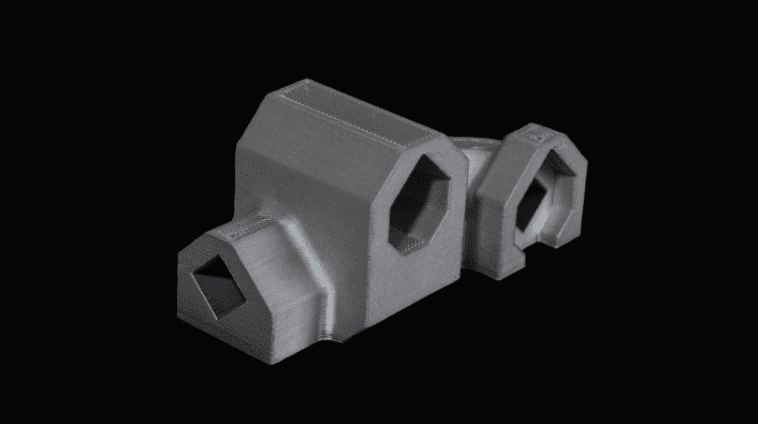Stanley Black & Decker is using the Markforged Metal X 3D printer to produce functional parts. Since adopting the metal 3D printing system into its production workflow, the industrial tool manufacturer is saving between 34 percent to 48 percent on manufacturing costs.
Engineers at Stanley Black & Decker, an American Fortune 500 company that makes household and industrial hardware, have recently welcomed the Markforged Metal X 3D printer onto its production floor.
Last year, the company unveiled the Stanley Model 1, a desktop FDM 3D printer that mimics the enclosed style of the Sindoh 3DWOX DP200. However, Stanley Black & Decker has been looking to 3D print metal parts, aiming to reduce manufacturing costs and lead times.
The industrial tools manufacturer seems to have found a perfect match in the Markforged Metal X 3D printer…
Stanley Black & Decker’s Infrastructure Innovation Center anticipates significant savings through using the Metal X 3D printer. The metal 3D printing system is being employed to 3D print two different functional parts; the actuator housing for a PD45 Hydraulic Post Driver and the wheel shaft for the PG10 Profile Grinder.
Engineers at the facility have rigorously tested the performance, durability, and life cycle of these two components.
Stanley Black & Decker Adopts Metal X 3D Printer to Slash Production Costs
Now that Stanley Black & Decker has replaced its traditional manufacturing workflow with the Markforged Metal X, the company is saving between 34 percent to 48 percent on manufacturing costs. In addition, manufacturing lead time has just been decreased by a whopping 69 percent.
Using this metal 3D printing, parts are up to 12.5 times cheaper and produced 20 times faster than with traditional casting and machining. For the actuator housing of PD45 Hydraulic Post Driver, the Metal X 3D printer was able to manufacture the four part assembly in a single piece.
The Metal X is the world’s first Atomic Diffusion Additive Manufacturing (ADAM) machine. This additive manufacturing technology works by 3D printing metal powder bound in a plastic matrix one layer at a time until the parts are finished.
Once 3D printed, the parts are washed to remove residues. Subsequently, they are sintered in a furnace and the metal powder solidifies into pure metal part. Since metal 3D printed parts tend to shrink during the sintering process, Markforged’s Eiger software compensates for this by scaling up the parts. With the Markforged Metal X, these 3D printed components can reach a density of up to 99.7 percent.
The Markforged 3D printer also offers significant safety benefits, eliminating exposure to potentially harmful metal powder dust. On top of that, compared to other metal 3D printers, the Markforged Metal X is around 10 times cheaper.
By integrating this metal 3D printing system into its production workflow, Stanley Black & Decker has been able to save money and time while creating functional metal parts.
Website: LINK




